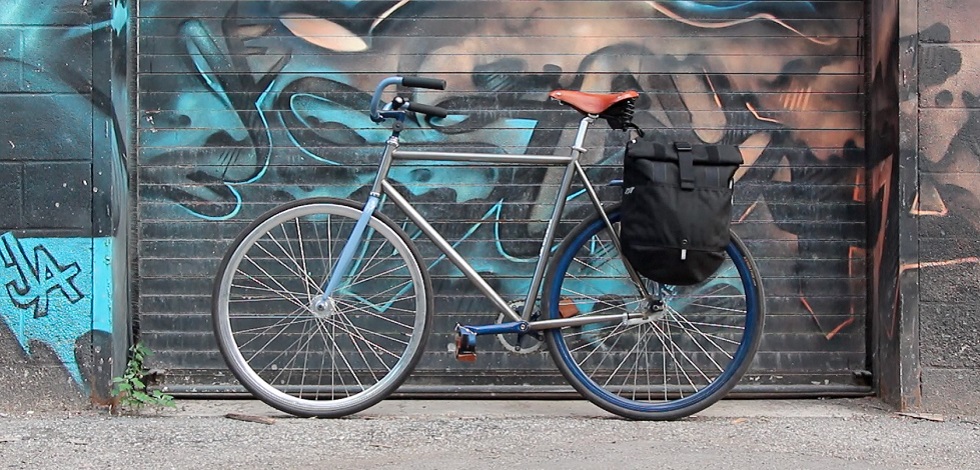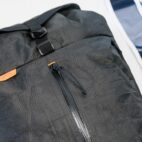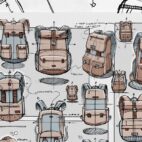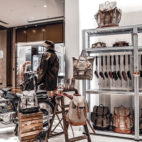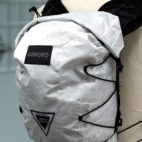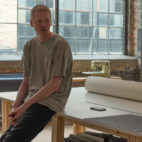Carry Evolution :: YNOT Cycle Pan-Yay
Toronto-based YNOT Cycle sprung into gear when owner Tony Mammoliti couldn’t find urban cycling gear that was suitable for his needs. He figured if it didn’t already exist, why not make it? So this bike-friendly brand rolled onto the creative scene in 2009 – and Tony hasn’t looked back since. The team behind YNOT Cycle have enjoyed success bringing innovative carry products to market, particularly their line of panniers. Eager to discover more about the Pan-Yay, Kassi and Portage, we cruised through the crafting journey that put these panniers on the road…
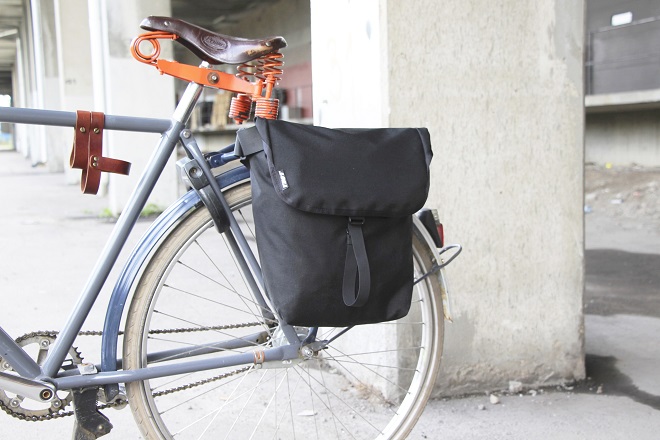
What’s the vision behind the product?
A pannier is typically a very utilitarian bag – typically not very attractive and rarely designed for usability off-bike. For our new line of panniers our vision was to change this, making room for aesthetics while increasing function instead of sacrificing it.
How did the product evolve?
Our original Pan-Yay has been on the market for more than a year, and it’s gotten a great response. However, we found the initial mounting hardware limiting as it wasn’t compatible with all racks, and it wasn’t well suited to some of our new design ideas. Once we settled on new hardware, our design options expanded considerably.
“Not only does the new hardware work with virtually all racks, but it can be mounted in such a way that it can be tucked away for off-bike use.”
This allowed us to expand our pannier line, adding two new models: the Kassi and the Portage. Both can be worn comfortably on the body, and attach securely to a bicycle rack.
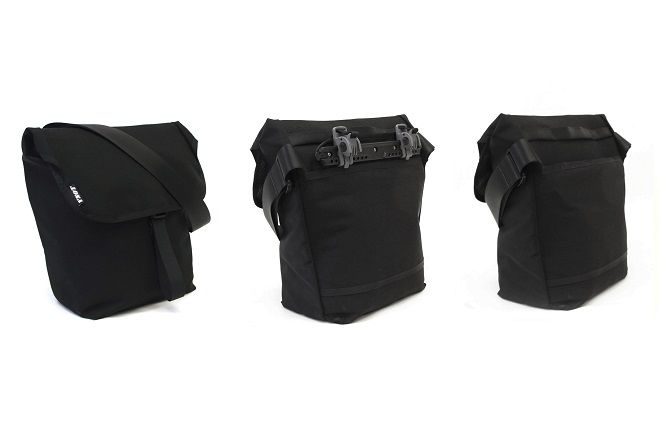
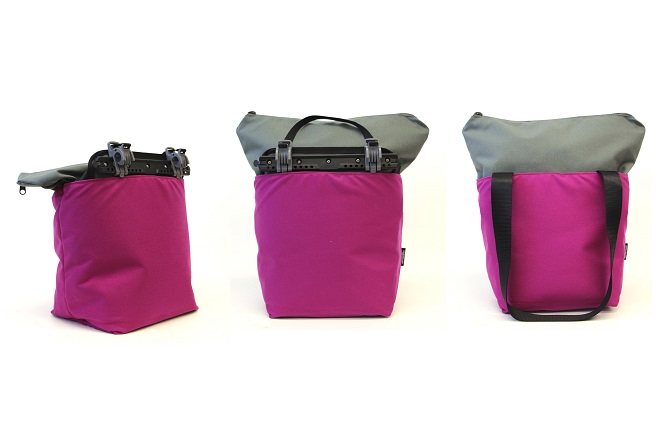
How long did the development take?
Well as we mentioned the Pan-Yay has been out for at least one year. The Kassi has been as well. But because the Pan-Yay is based on the Gulper Backpack, which was actually the first bag we ever launched, you can almost say it has been in development for 5 years. The Portage was developed specifically for this new hardware in the months leading up to our Kickstarter campaign.
What kind of research did you have to undertake before kicking off the project? What did you need to wrap your head around?
We are continuously monitoring developments in and out of the industry and always looking for new ideas. We’re constantly sketching new design ideas and there’s always a prototype in the works. We make multiple prototypes and give them to our employees, friends, and customers. Not just the same group each time. We’re always looking for a variety of opinions and perspectives. The “trick” with the Portage and Kassi was how to make the bag morph from bike to body mode in a way that’s super easy. The solution was super easy too, once it hit us. We mounted the hardware on a flap that can be “flipped” backwards for off-bike use.
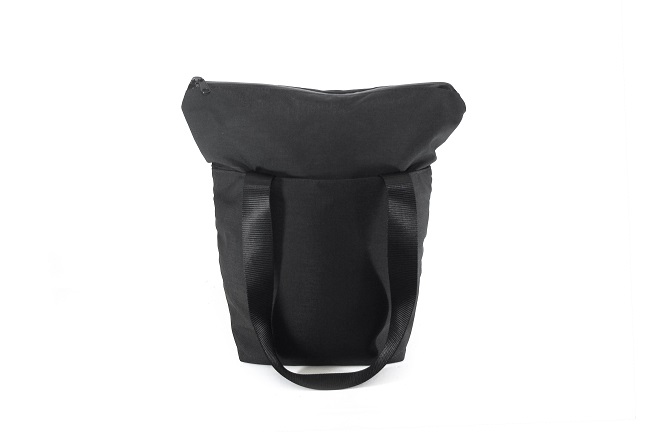
What were the biggest challenges?
Definitely one of our biggest challenges was getting the pannier hardware right. And we’re proud to say our new hardware works with almost any rack. It mounts on racks as large as 16mm and attaches securely without a tension hook. The hooks move side to side to get around any obstacle. Another challenge was getting the sizing right – balancing the need for capacity with the desire for compactness.
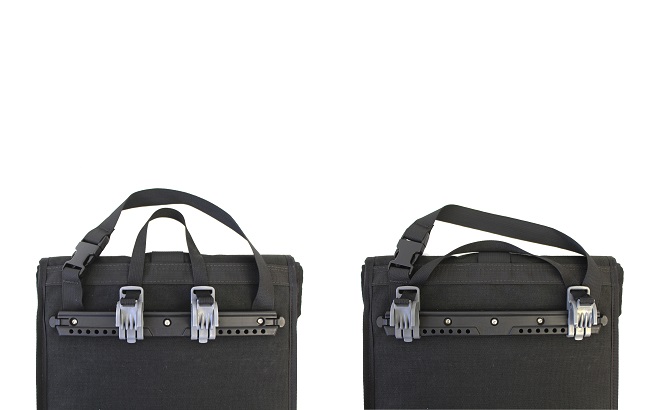
One awesome thing that you learned while developing the product?
One cool thing we learned was that simple is always best. We looked at the ways other companies hide their pannier hardware with complicated covers with zippers and foam.
“Designing the bag so the hardware can be flipped backwards (as we did with the Portage and Kassi) is an amazingly simple solution that’s both effective and requires no extra parts.”
How many prototypes did you go through (and could you expand on what changed from prototype to prototype)?
With the Pan-Yay we went through a bunch of prototypes. We had friends who took the original from Toronto all the way to Texas and back. This gave us great feedback in the initial design. With the Kassi we worked on many different styles and landed on a classic tote shape with two additional pockets. One to hide the pannier hardware when not in use, and the other is great for u-locks or quick-access things. With the Portage we again went through a few prototypes, about five in total. Mainly tweaking the size and the flap. Ensuring maximum volume and maximum rain coverage with the flap so your stuff stays dry.
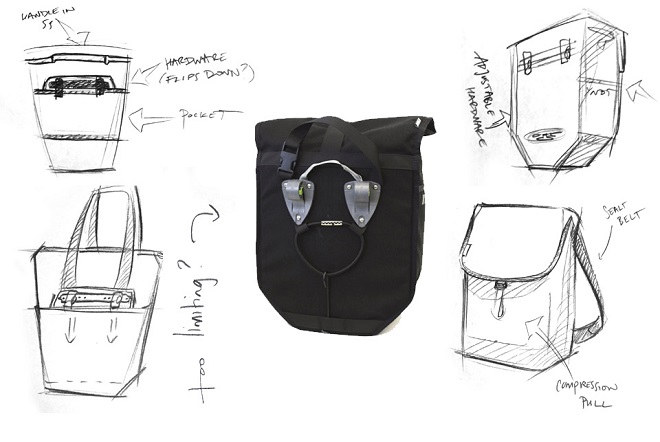
How would you describe your design aesthetic and what influences the style of the Pan-Yay?
YNOT’s design aesthetic has always focused on simplicity of design with an emphasis on function. Our bags are meant to be used. Used every day and in harsh conditions if needed.
“So we design with use in mind first and then we determine the best presentation. Often the simplest design is the most attractive, too!”
Where did you draw your inspiration from?
For the Pan-Yay we wanted to take inspiration from some of our backpack designs, and create a pannier that could morph in size. A bag that can be both a roll-top and what we call a flap-top bag. Most of the inspiration for the Pan-Yay came from our tried and true Gulper backpack and that is why it has similar lines. For the Portage, we looked to our laptop bag, the Annex, and made it vertical, and for the Kassi we looked at other tote panniers on the market, determined all the things we didn’t love about them, and tried to do one better.
What makes the Pan-Yay special?
Along with solid versatile hardware, the bag also features a separated liner, making it more water-resistant (we don’t call it waterproof because the liner is not seam sealed). What is also great about that separation is that you can place things between the exterior and the main compartment. That’s great for wet and dirty gear or tools, so that the stuff in your bag stays clean. All three panniers are also compatible with our “Swoop” removable laptop sleeves!
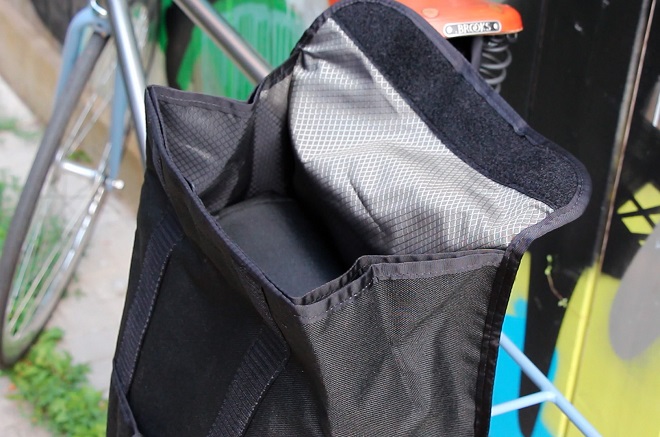
Who else in the carry world is making rad stuff? Who inspires you to be better?
I think Brisbane Outdoor Gear‘s Dave Bell is doing some great stuff. He makes amazing bags, putting great thought into his designs. I also think my fellow Canadian Eric Au of Skinth Solutions and Metro Grade Goods is doing some really fun and interesting things. I like that he is putting so much detail into a seemingly simple product, a utility pouch, and allowing people to both customize and carry so much in such a small package.
What single thing are you most proud of in relation to the Pan-Yay? What did you really nail?
We’re most proud of the fact that we’re producing top-quality gear that rivals other bags on the market, but we’re doing it all right here in Toronto. Every bag we produce is designed and manufactured in Canada. And the Pan-Yay is no exception.
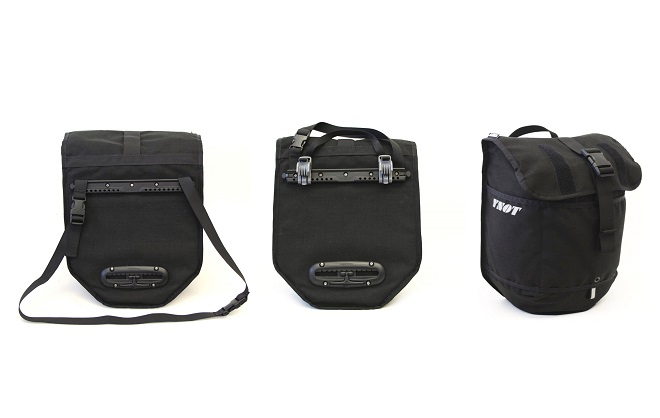
If Pan-Yay was a celebrity, who would it be?
Kim Kardashian because it gets you a lot of junk in your trunk. Just kidding. But really it does.
What’s next for you?
We are working really hard on getting these new bags into our dealers’ hands and onto our customers’ bikes across the globe. We’ll also be expanding our bag line and really thinking about how we can reach out beyond the cycling market. Most of our bags are not cycling specific, but people get scared away by the “cycle” in our name.
“We need to communicate that “designed with cycling in mind” really just means “durable, comfortable, and keeps your stuff dry”…that’s great for everyone!”
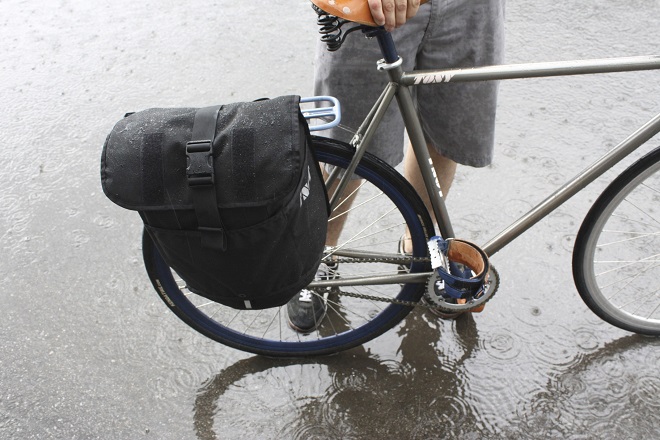





 Carry Awards
Carry Awards Insights
Insights Liking
Liking Projects
Projects Interviews
Interviews
